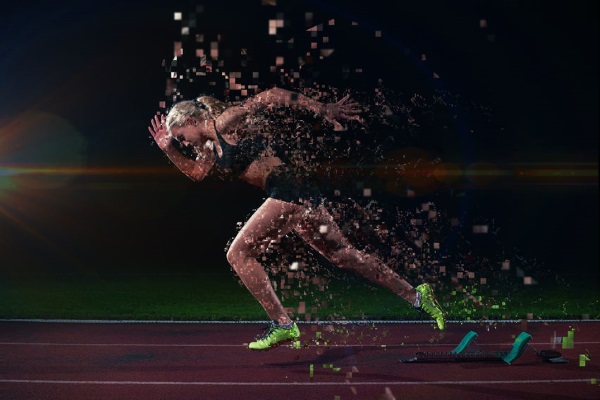Note that your final mark will not be saved in the system.
Simple Biomechanics GapFill
You must fill all the gaps before clicking ‘Check Answers!’

Sports biomechanics is the study of movement in sport using mathematical principles. Biomechanics is a growing field within the sports industry, with many professional teams, clubs and organisation employing specialist biomechanists to improve the efficiency of human movement. To understand the simple biomechanics, you should be aware of the main principles of force.
A force can be described as any action which alters the of an object. It can be applied as either a pull or a push:
- An example of a sporting action which repeatedly uses a 'pull' force is
- An example of a sporting action which uses a 'push' force is when performing a
- Mass is measured in kilograms (Kg) and acceleration is measured in metres per second squared (m/s2)
Therefore, an object such as a shot, with a mass of 49 kg and an acceleration of 2.31 m/s2 as it leaves the performer's hand, would have a force of .
The relationship between force, mass and acceleration dictates that an increase in the force placed on an object will result in the acceleration of that object, whereas a decrease in the force on the object will result in the object . For example, a sprinter will increase their force on the starting blocks to accelerate out of them. As they cross the finish line, they will decrease the force on the track in order to decelerate.